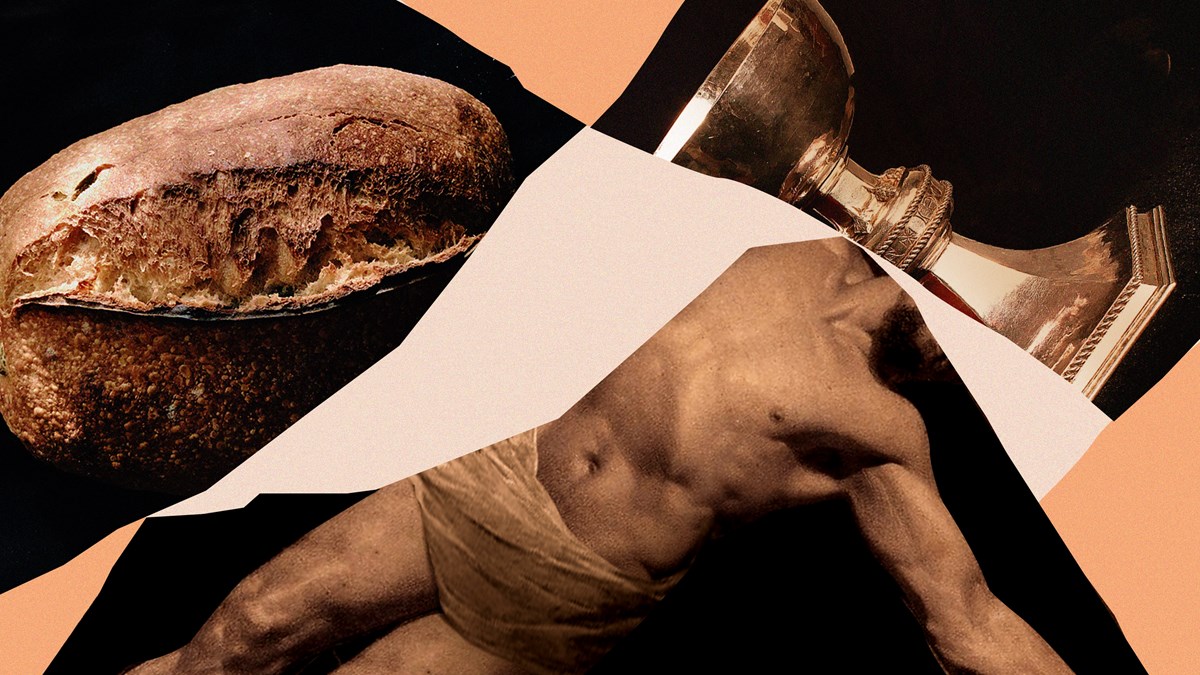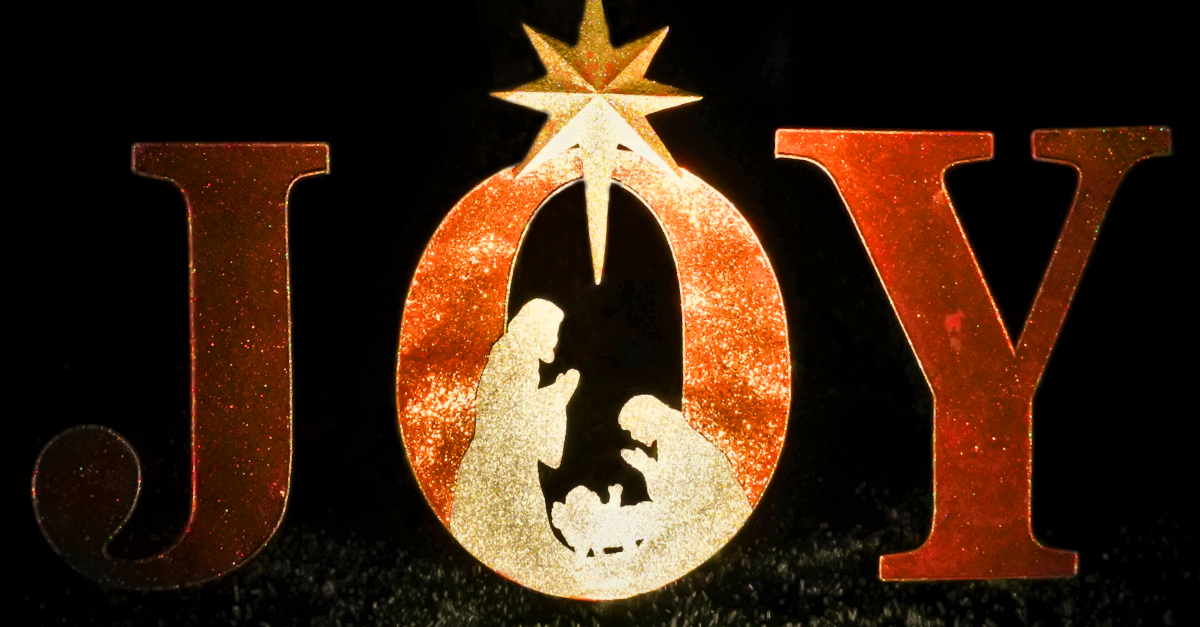‘This Is My Physique,’ Damaged into Three Views of Communion

Lent is a season of preparation wherein Christians get able to have a good time the momentous occasions of Christ’s loss of life, resurrection, and ascension.
Some use this season as a possibility to attract close to to God by participating in confession, fasting, and meditation on Scripture. The Lord’s Supper has lengthy been seen as one such event, and but this sacrament is interpreted in a myriad of various methods throughout the Christian custom.
The scene within the higher room on the evening earlier than Jesus was crucified is little doubt acquainted. There Jesus Christ took some bread, drew his followers’ consideration to it, and stated, “Take, eat. That is my physique.” He did one thing comparable with a cup of wine saying, “That is my blood.”
I think about Jesus’ disciples had an analogous thought to the Jews who heard his controversial sermon in John 6 (“My flesh is actual meals and my blood is actual drink.”) and stated, in essence, “It is a troublesome assertion, who may even perceive it!”
The problem of those statements about bread and physique, wine and blood is little doubt proved by the variety of interpretation that has arisen within the years since Christ first uttered these phrases. And though we most likely received’t get near unifying round a single perspective, we are able to try to realize a greater understanding of the vary of choices.
For my part, approaches to the Lord’s Supper fall alongside one thing of a spectrum. As I see it, there are three essential households of places on the spectrum, every with numerous members of the family who’re conceptual cousins to 1 one other.
We would identify these households in keeping with the style wherein they assume Christ is current within the Eucharist: Bodily, Spiritually, or Usually. I’ll try and plot these factors on the spectrum as if they had been cities on a map, in keeping with the place the primary proponents of every Household resided.
The Bodily Household of views imagine that when Christ says a bit of bread is his physique, he means it actually. Determining how that may be the case is what distinguishes the cousins inside this household.
As an illustration, the official view of the Roman Catholic Church—name this the “Rome” view—is : “transubstantiation,” the place the “trans-“ prefix signifies a “change” to the “substance” of an object. For Roman Catholics, the substance—or the “what it’s”—of the bread modifications to not be bread, however the physique of Christ.
That is, after all, all whereas there isn’t a change within the look of the article itself: it nonetheless seems to be, smells, and tastes like bread. Roman Catholics imagine that the substance of one thing may be separated from the way it seems. For them, the article that seems to be bread shouldn’t be bread however the physique of Christ.
The subsequent cease on the conceptual spectrum within the Bodily Household are what I name German views. These are the purview of Lutherans, as an illustration, however may also be discovered amongst Anglicans and the Jap Orthodox. These views imagine with their Roman cousins that Christ meant his phrases actually, however opposite to the Romans, maintain that the bread continues to exist because it seems.
There are (a minimum of) two variations of German views, and we are able to plot these on the map as German cities. A “Wittenberg” view holds the physique of Christ to be “in, with, and underneath” the bread, because the Lutheran quip goes.
In medieval theology, this view was referred to as “consubstantiation” (con- “with”); the “substance” of the bread and the “substance” of the physique of Christ current with each other. However I guarantee you, most Lutherans dislike that time period!
One other German view—let’s name this the “Nuremberg” view (for the sixteenth century Lutheran pastor Andreas Osiander)—holds that the best way wherein the physique of Christ and the bread of the Eucharist are associated is like the best way the 2 natures of Christ are associated within the Incarnation.
If you’re on the lookout for a = time period for this view, impanation is the one used within the custom. Just like the incarnation refers to being enfleshed (in- “into” + caro, carn- “flesh”), impanation refers to being embreaded (im– “into” + panis “bread”) because it had been.
Transferring alongside the spectrum from the Bodily Household, we come to the Spiritually Household. This household likewise holds that the bread and wine stay as they had been however makes an attempt to characterize the religious presence of Christ within the Eucharist.
“Geographically” we transfer from the cities of Rome, Wittenberg, and Nuremberg to “Antwerp,” the place we meet Edward Schillebeeckx, a Belgian Dominican of the final century. The identify for the view he proffered is “transignification.”
Though a Roman Catholic, Schillebeeckx thought the excellence between the “what it’s” of an object and “the way it seems” was overplayed—and what he felt was necessary as an alternative was the which means of an object. For this view, the “change” (trans-) within the bread and wine of Communion is of their which means (signification-).
Based on Schillebeeckx, which means is present in group. When our group—the Church whose head is Christ—designates an object that seems to be bread as “the physique of Christ,” true members in the neighborhood will embrace that which means. Though this view didn’t catch on in Roman Catholic circles, these Protestants befuddled by the Bodily Household may discover Antwerp an acceptable residence.
Transferring into extra correctly Protestant places inside the Spiritually Household, we come to “Geneva,” which characterizes the views of many up to date Reformed and Presbyterian Christians.
On this view, the Holy Spirit makes use of the bread and the wine as automobiles to catalyze a connection between Christians and the risen Christ. The place this connection takes place is within the heavenly locations (therefore the “Elevate up your hearts” of the Sursum Corda), however the Lord’s Supper is an event for this union with Christ to happen.
“Canterbury” is the following cease on the spectrum inside the Spiritually Household; there we meet the view of Thomas Cranmer. Though his views on the Eucharist modified over his life, his mature view is known as a sacramental parallelism. That’s, we obtain the physique and blood of Jesus on a religious stage that often, however not all the time, runs parallel to our receiving the bread and wine on a bodily stage.
For Cranmer what was necessary was that we feed on Christ in our hearts. Consuming the bread of the Eucharist can contribute to that, however this religious feeding can happen even when we by no means style the bread or wine.
The Usually Household of views believes that Christ is current within the Eucharist in simply the identical approach he’s usually in any location on the planet at any given time.
In advantage of the divine attribute of omnipresence, these Christians maintain that the Phrase is all over the place, and due to this fact there isn’t something particular in regards to the bread and the wine itself. Quite what’s particular about Communion, they imagine, is what it motivates you to consider.
One other Swiss location, “Zurich,” serves as the most well-liked location inside the Usually Household, and right here we’d discover many up to date Christians in Baptistic and Pentecostal traditions. Right here the bread and wine function “seen phrases,” emphasizing the cognitive side of our actions related to bread and wine.
One in all my former professors quipped that for views in Zurich, the bread and the wine function flashcards for Jesus. See bread? Bear in mind Jesus! See wine? Bear in mind Jesus! Right here the Lord’s Supper serves as a possibility for remembrance and pondering deeply about Christ and his work—however not essentially an event for a novel encounter together with his presence.
Lastly, we spherical out the Usually Household with one other metropolis, “Philadelphia,” a middle of the Pals or Quaker custom. Based on this attitude, not solely is Christ not uniquely current in Communion, however the apply of Communion shouldn’t be usually performed. We would take this to be probably the most excessive location on the spectrum for practically eradicating itself from the spectrum altogether.
From my perspective, probably the most enticing view biblically, traditionally, theologically, and even philosophically, is “Nuremberg”—inside the German lineage of the Bodily Household. I’m particularly interested in the best way this location on the spectrum factors to the Incarnation.
Matthew’s Gospel tells us {that a} Virgin will conceive and provides beginning to a Son, and he might be referred to as Emmanuel, which suggests “God with us.” Christians maintain that when the Phrase grew to become flesh to dwell amongst us, one divine member of the Trinity took on a second, human nature. On this regard, there are two distinctive however united substances within the individual of Jesus Christ: each divine and human.
This longstanding thread of interpretation of the Eucharistic makes use of the Incarnation as a method for explaining how a bit of bread might be the physique of Christ. That’s, in an analogous method as Christ is each God and human, the article we eat on the Lord’s Supper is each bread and the physique of Christ. On this approach, bread and physique are unified in a sacramental union, by an analogous union as happens within the Incarnation, which is a hypostatic union .
Within the Incarnation, we see the lengths God went to be with us—up to now that he grew to become considered one of us. Likewise, within the Lord’s Supper, we see a God who continues to be current in our midst. By viewing the Eucharist via the lens of the Incarnation, the Phrase made flesh and the flesh made bread each attest to the truth that God is certainly with us.
James M. Arcadi teaches at Trinity Evangelical Divinity College and is the creator of An Incarnational Mannequin of the Eucharist.



